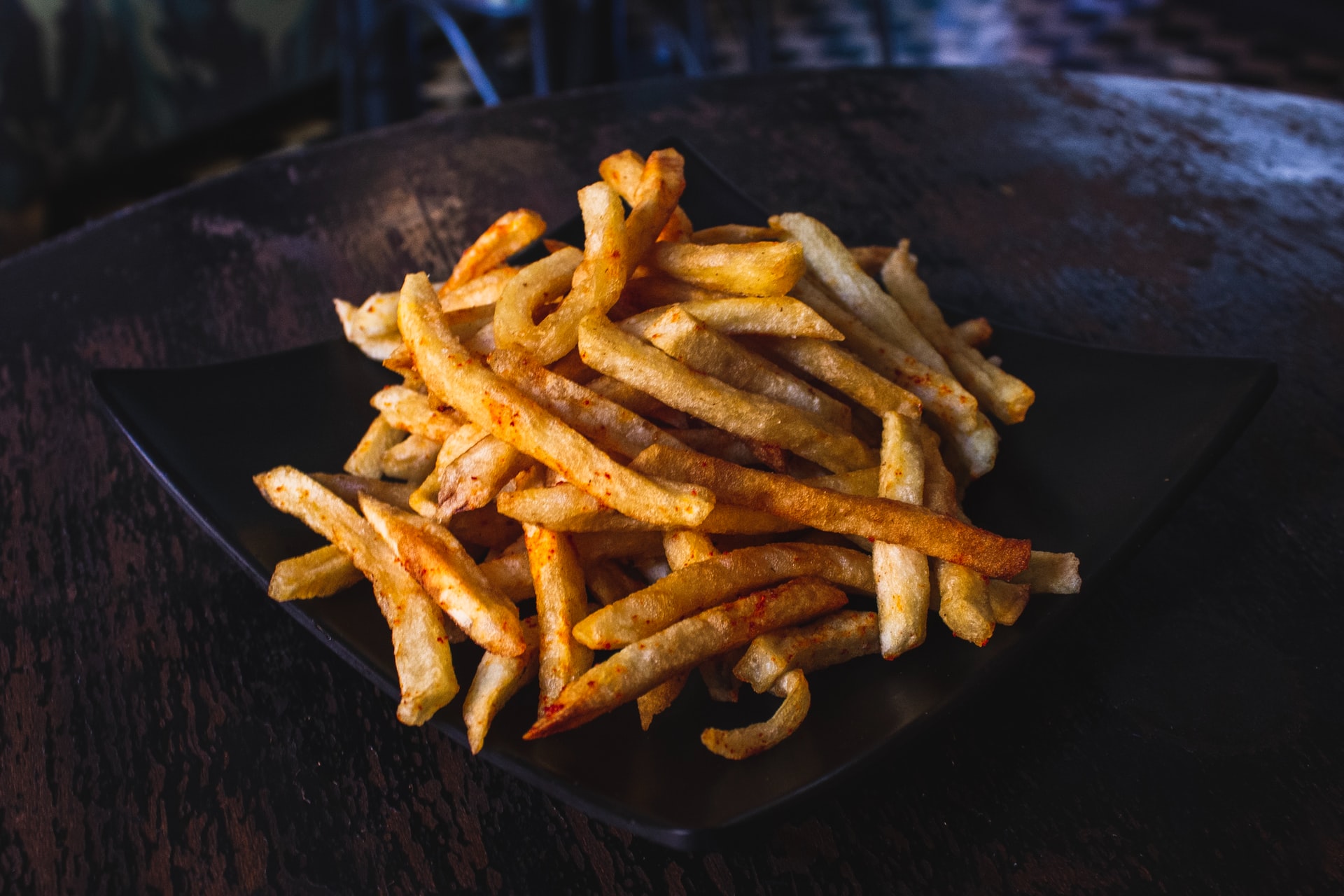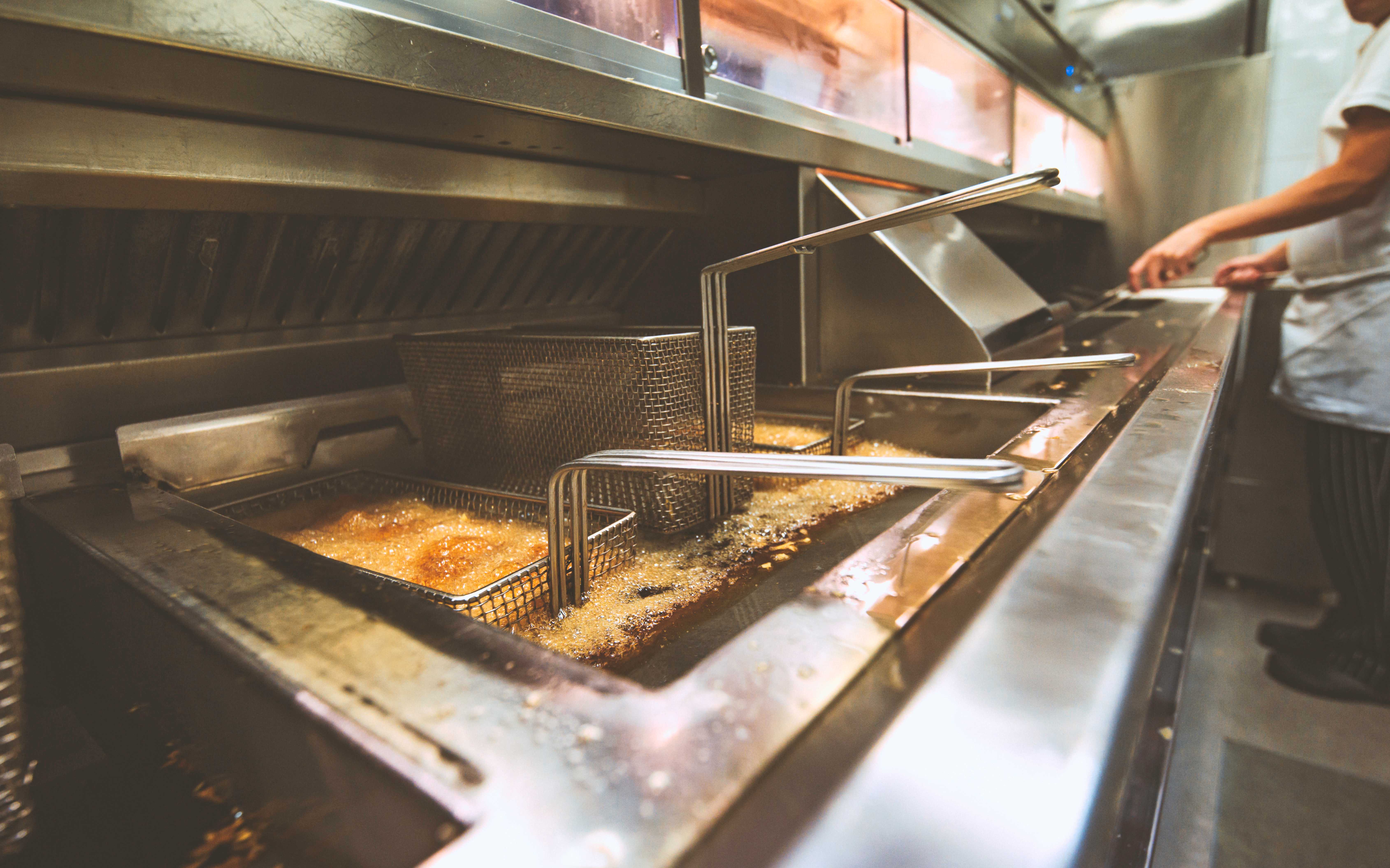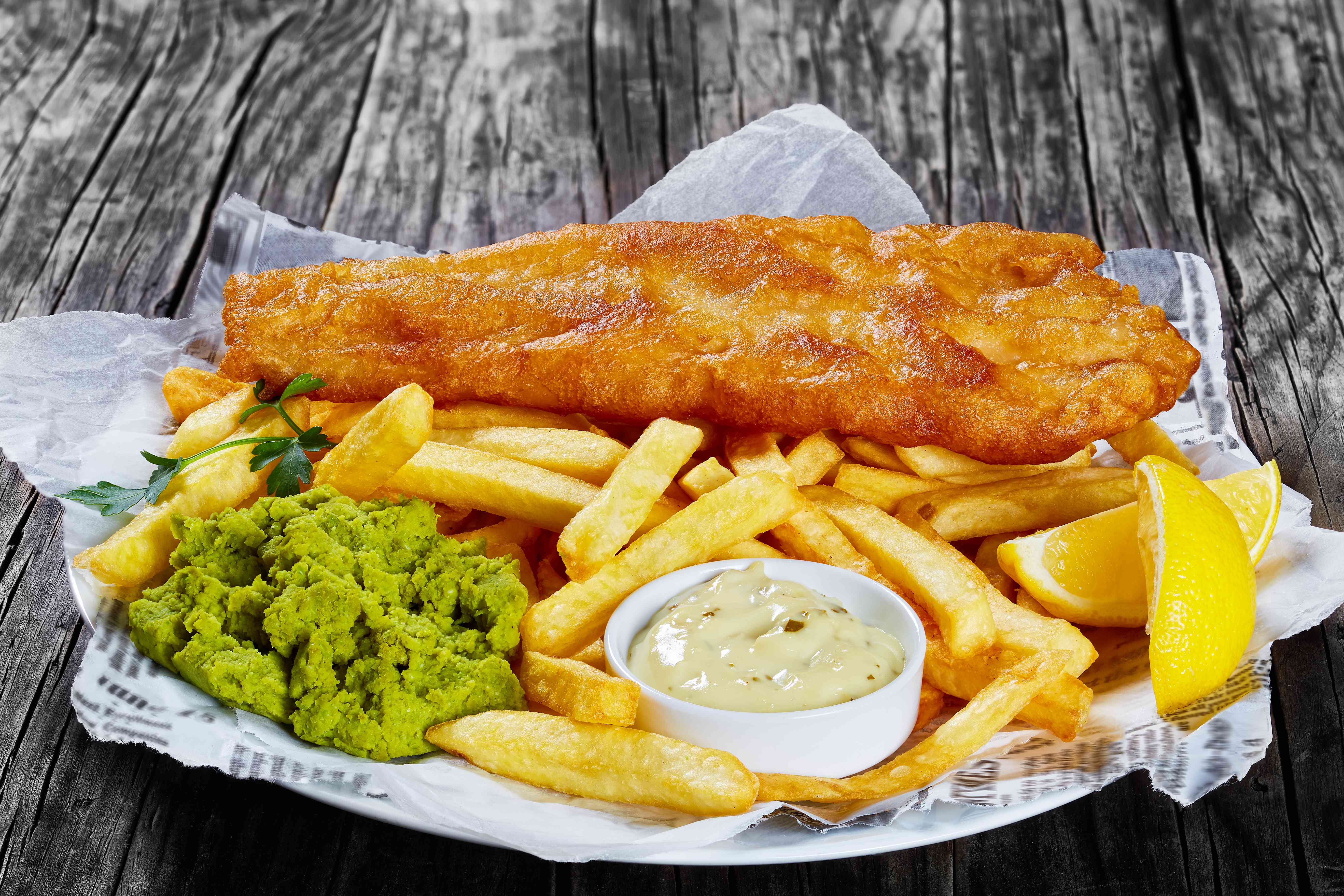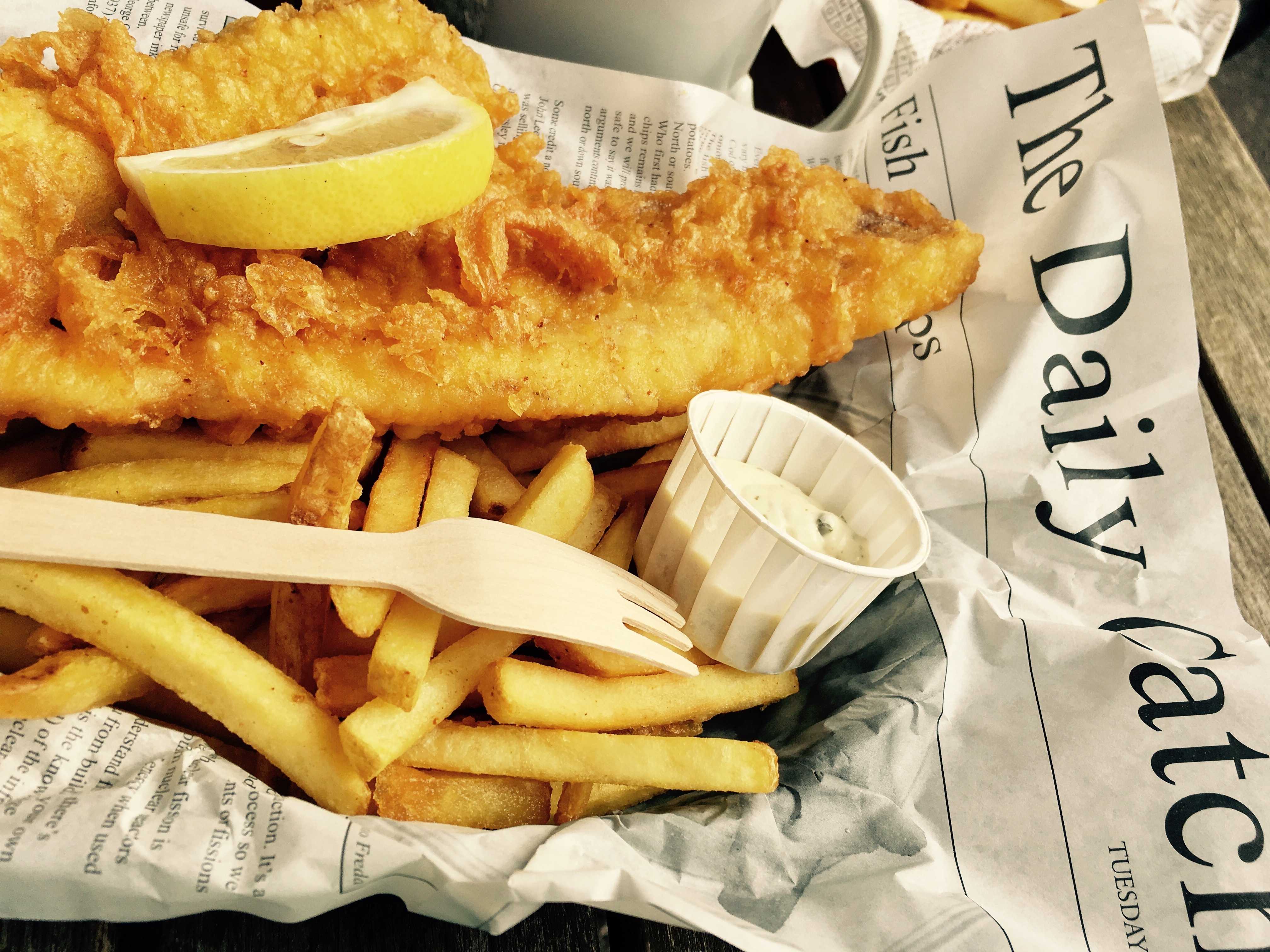The Great British chip is iconic. Light, fluffy, golden, and crispy – the perfect accompaniment to a succulent, battered fillet of fish. And it’s more than possible to make chip-shop style chips in the comfort of your own home. To get you started, here are our tips on how to prepare and cut your potatoes to make chips.
How to cut perfect chips
What are the best potatoes to use?
Which variety of potato you choose for your chips has a huge impact on the final result. Whilst there are various factors to consider, the moisture is probably the most important. Using a variety which has a low moisture content will give you a chip that crisps nicely on the outside whilst keeping light on the inside. We’d recommend Maris Pipers, King Edward, or Russet for making chips. Read more about the best potatoes for chips.
How to prepare potatoes for cutting
Firstly, we need to peel the potato. Since peeled potatoes can expose starch, the potato needs to be soaked afterwards. Fortunately, this is as easy as soaking potatoes in salty water for 30 minutes to get rid of excess starch, then patting them dry.
What size should I cut the chips?
When it comes to cutting chips, size matters. Too large, and you risk undercooking your chips. Too small, and you could transform them into burnt crisps. The perfect chip has a depth and width of about 1cm, and is as long as the potato it’s cut from. Start by slicing your potatoes lengthways into layers, before cutting the layers into chips.
What equipment is best for cutting chips?
If you’re making chips at home, a good quality chef’s knife of about 8-10 inches will do the trick. Whilst its weight is enough to help you cut through large potatoes, it’s also versatile enough to use for more delicate cutting in the kitchen. If you’re looking to churn out large quantities of chips, quickly, however, you might just need a chipper machine.
Is a chipper machine necessary for a chip shop?
A chip-cutting machine is synonymous with the term “chipper”. Chippers are either manual or automated, and both types of chippers will cut potatoes much faster than with a knife. On top of this, the end product will be more consistent.
A handheld manual chipper may set you back £30, whilst commercial ones are generally between £200 and £500. An electric, automated chipper for use in a professional kitchen, however, will usually be between £2,000 and £5,000.
Commercial chippers can process 25kg of potato per minute, saving the chip shop workers hours of labour. Commercial peeler machines share similar time-saving characteristics and are priced at around £1,000-£3,000.
What are other advantages of using a hand potato chipper?
- Easy to use and cuts chips quickly
- Makes consistently sized and shaped chips
- Economical
- Take up little space
If you’re on a mission to fry the perfect chip, use the best frying medium available. Frymax provides the UK’s chippies with sustainable palm oil, helping them to serve up the best quality fish and chips. If you’d like to learn more about Frymax, or place an order, get in contact with us today.
Become a Frymax member today to gain access to exclusive content, expert frying advice and the chance to enter our fantastic competitions.






